Understanding Fabric Choices for Custom Patches
When designing custom patches, selecting the appropriate base fabric is crucial. The fabric serves as the foundation upon which the design is built, influencing the patch's appearance, durability, and overall quality. While felt and twill are commonly used, exploring other fabric options can provide unique textures and finishes to suit specific design needs.
A custom patch consists of 4 elements: fabric, embroidery, border and backing. Regarding to the role of fabric in a custom patch, it is the BASE on which the threads are stitched.
We may also have to consider the types and usages of fabric when it comes to different types of custom patches. Overall, felt and twill are the mostly commonly used fabric for patch base.
WHAT FABRIC ARE REGULARLY USED FOR CUSTOM PATCHES?
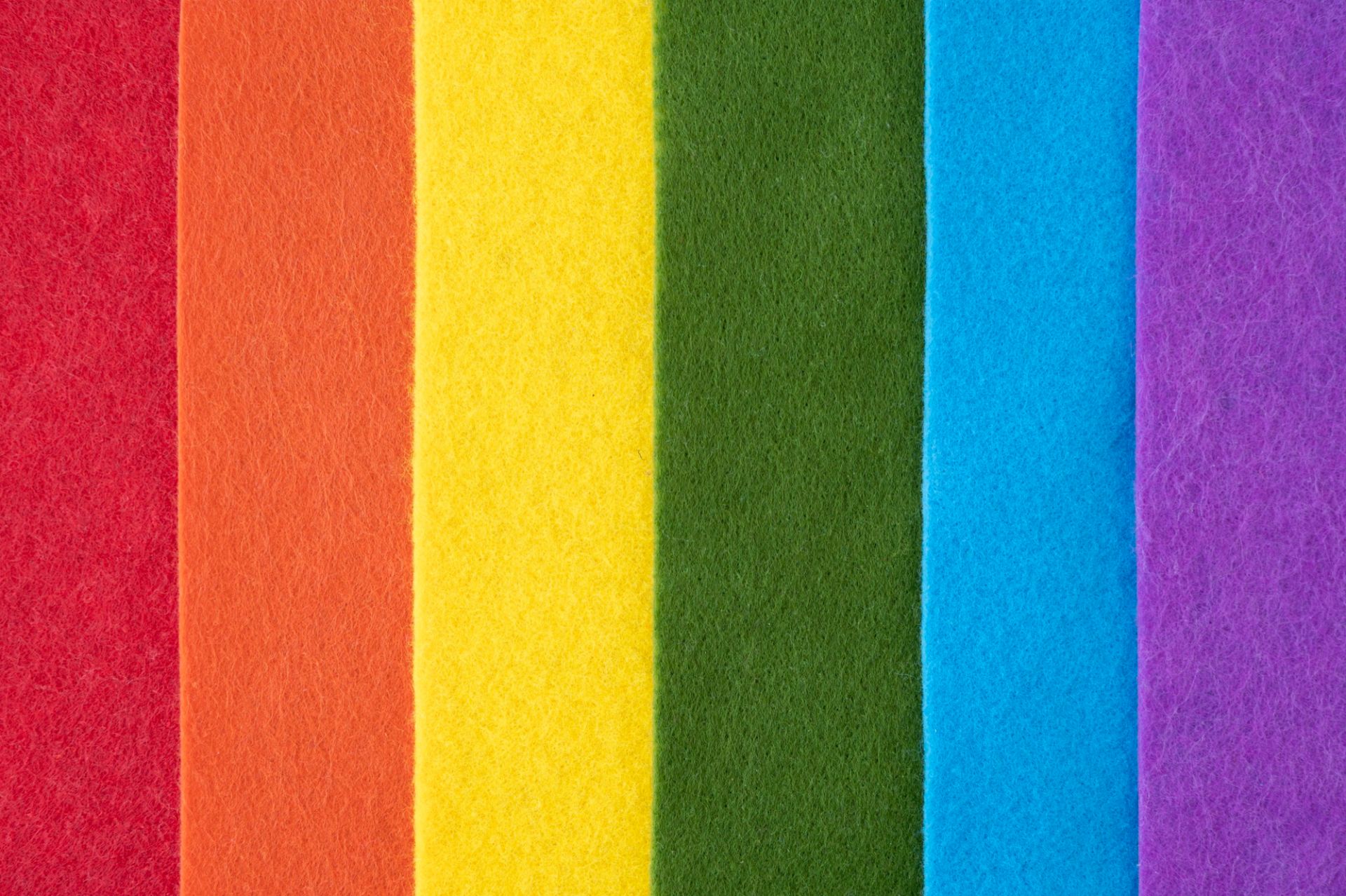
Felt : The Classic Choice
Felt is a type of material that consists of textile fibers condensed and pressed together.
Why choose felt for your custom patch base fabric?
Felt is a non-woven textile produced by matting, condensing, and pressing fibers together. Its dense structure offers several advantages:
● Non-Fraying Edges : The edges don’t fray like other fabrics because of its sturdy quality.
● Textural Compatibility : It matches well with chenille patches with their similar fluffy feature.
● Color Variety : A wide variety of colors to match with the patch.
● Ease of Use : It requires less edge finishing
Felt is ideal for patches requiring a soft, traditional appearance, such as school emblems or vintage-inspired designs.
What types of patches are the best to have felt as base fabric?
-

Embroidery patches
Felt is used as the base of bear face on which the ears, eyebrows, eyes, nose and mouth are embroidered stitches. -
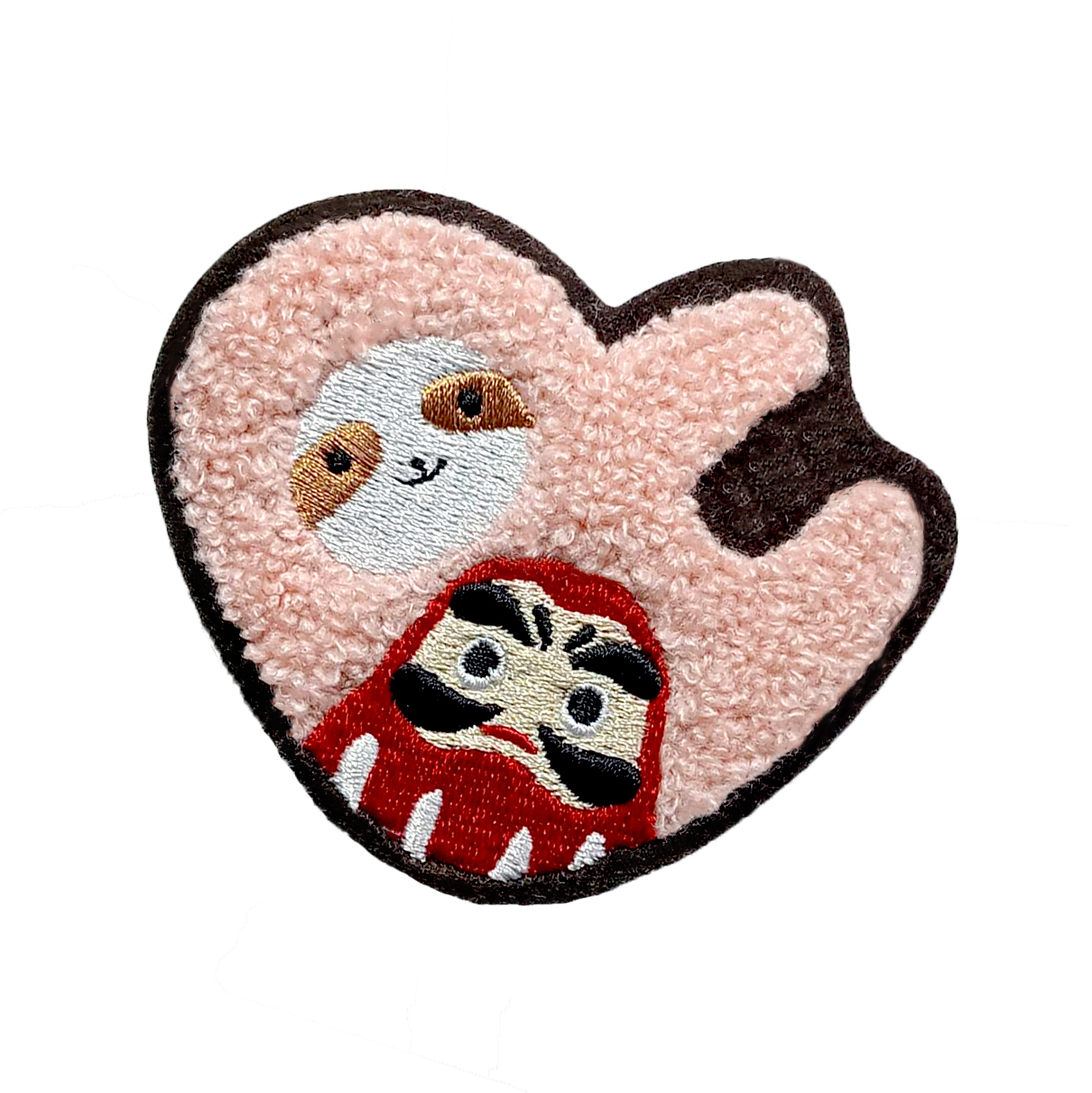
Chenille Patch
Chenille patch usually goes with felt as the basic fabric because of their fluffy matching feature.
What types of borders are the best for felt ?
-
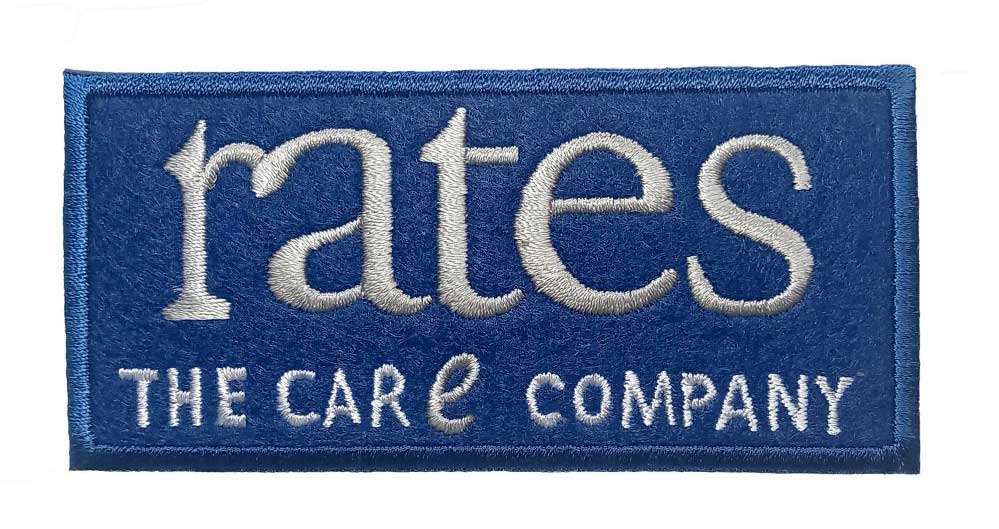
Heat-cut Border
The frame trimmed with heat-cut improves the quality of patch. -

Laser-cut border
Laser-cut has goods and bads. It doesn’t’ make the patch look that good in terms of simple shape design.

Twill : Durable and Versatile
Twill is a type of fabric marked by its diagonal weave pattern which is created by weaving warp and weft threads in a specific way, which gives the fabric a distinctive and durable texture.
Why twill is chosen to be the base fabric for your patch?
Twill is a woven fabric characterized by its diagonal rib pattern, resulting from the unique weaving technique of interlacing warp and weft threads. This structure imparts several beneficial properties:
● A wide range of colors to be used for the patch.
● It has a sealed edge and can be ironed or sewn onto other materials.
● A sturdy woven fabric that tends to product the best quality patches.
● It can drape well and endure tearing due to their sturdy backing material.
● The even texture provides an excellent canvas for detailed embroidery.
● Suitable for various patch types, including embroidered and printed designs.
Twill is particularly suited for patches that require a sleek, professional finish, such as corporate logos or uniform insignias.
What types of patches are the best to have twill as base fabric?
-
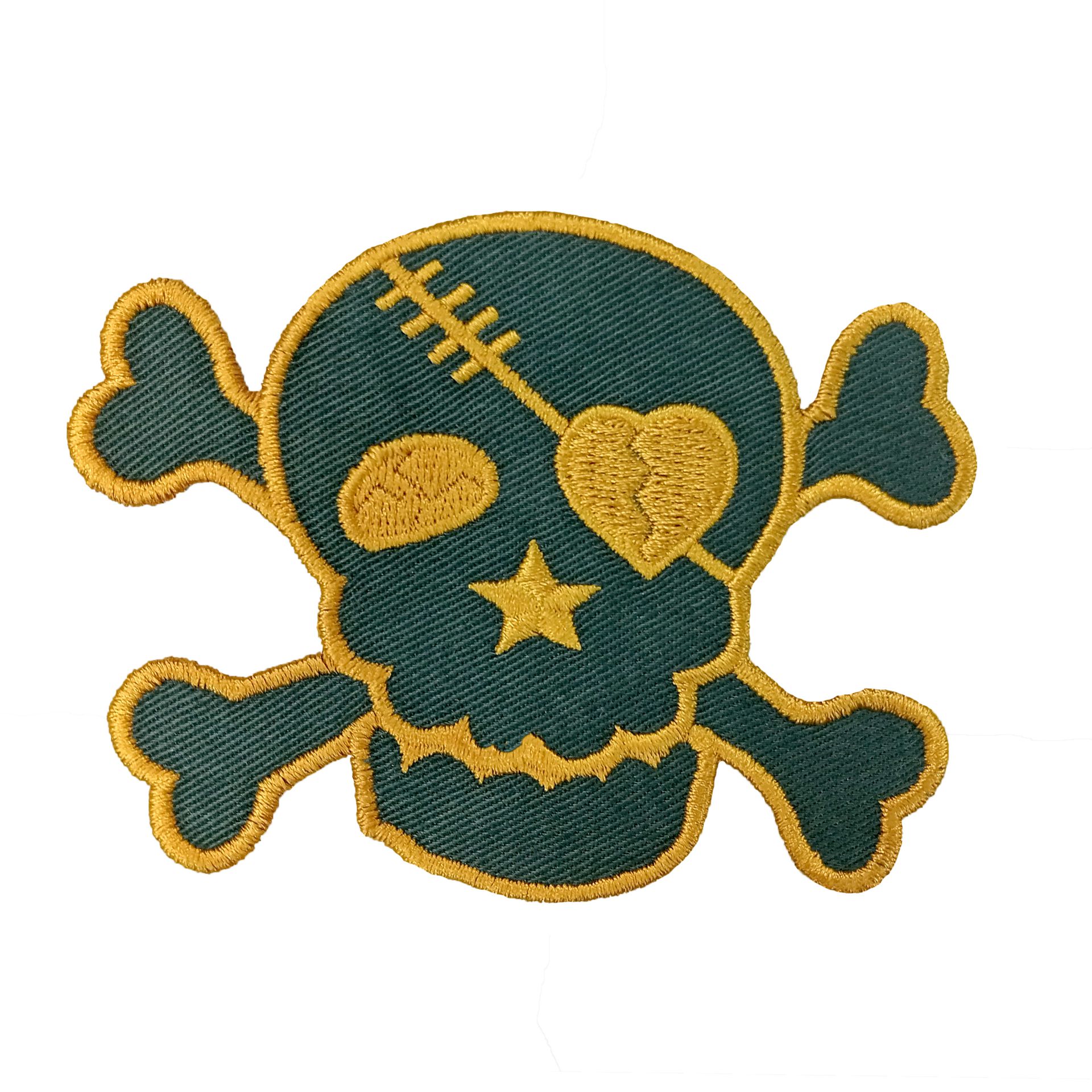
Embroidered patch
The sturdy twill is resistant to tearing that makes it ideal as the base fabric on which the embroidered stitches are perfectly made. -
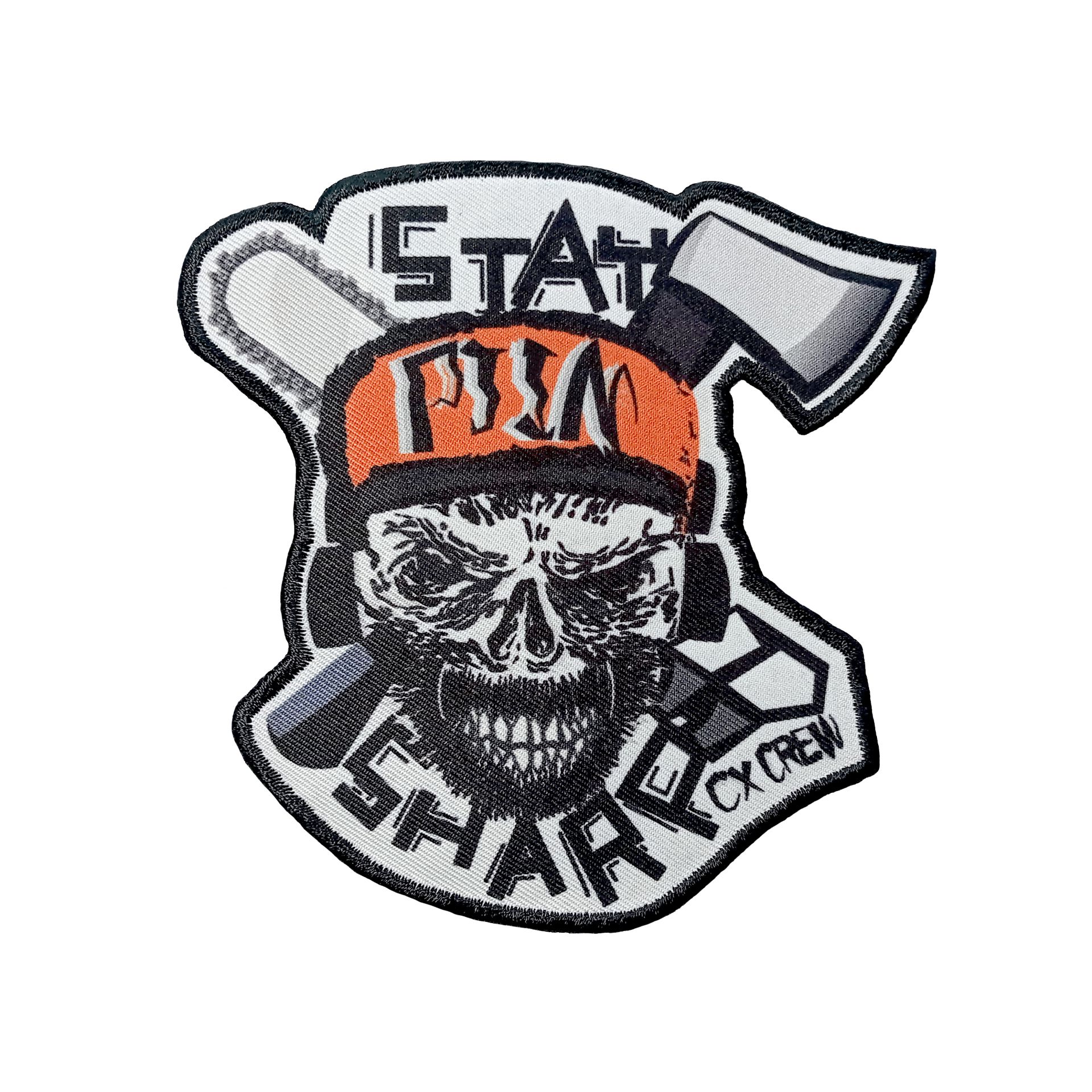
Printed Patch
The patch twill made from polyester is able to withstand heat and pressure that is great for printed patch made by dye sublimation.
What types of borders are the best for twill?
Twill has very durable sealed edges that are good for all types of borders such as heat-cut, merrow and laser-cut.
Besides felt and twill, there are other fabric options for the patch base. They are not regularly used, but still open for any design that may need. Let’s take a look of the following types of fabric.
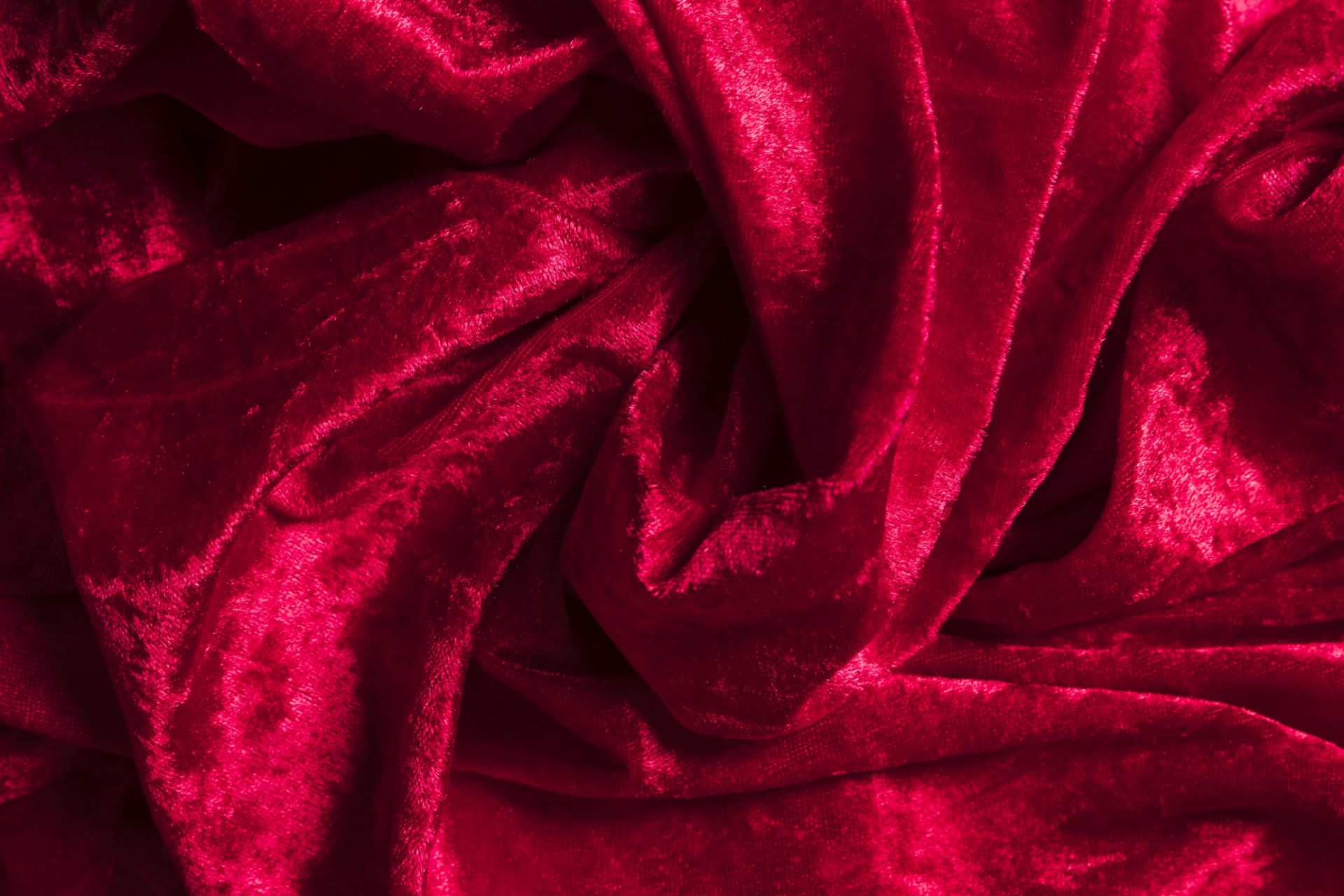
Velvet
Velvet is a soft, luxurious fabric that is characterized by a dense pile of evenly cut fibers that have a smooth nap. It has a beautiful drape and a unique soft and shiny appearance.
Making it suitable for high-end fashion or ceremonial applications.

Satin
Satin is a type of fabric weave that produces a glossy, smooth or lustrous material, typically with a glossy top surface.
Suitable for delicate and decorative patch designs.
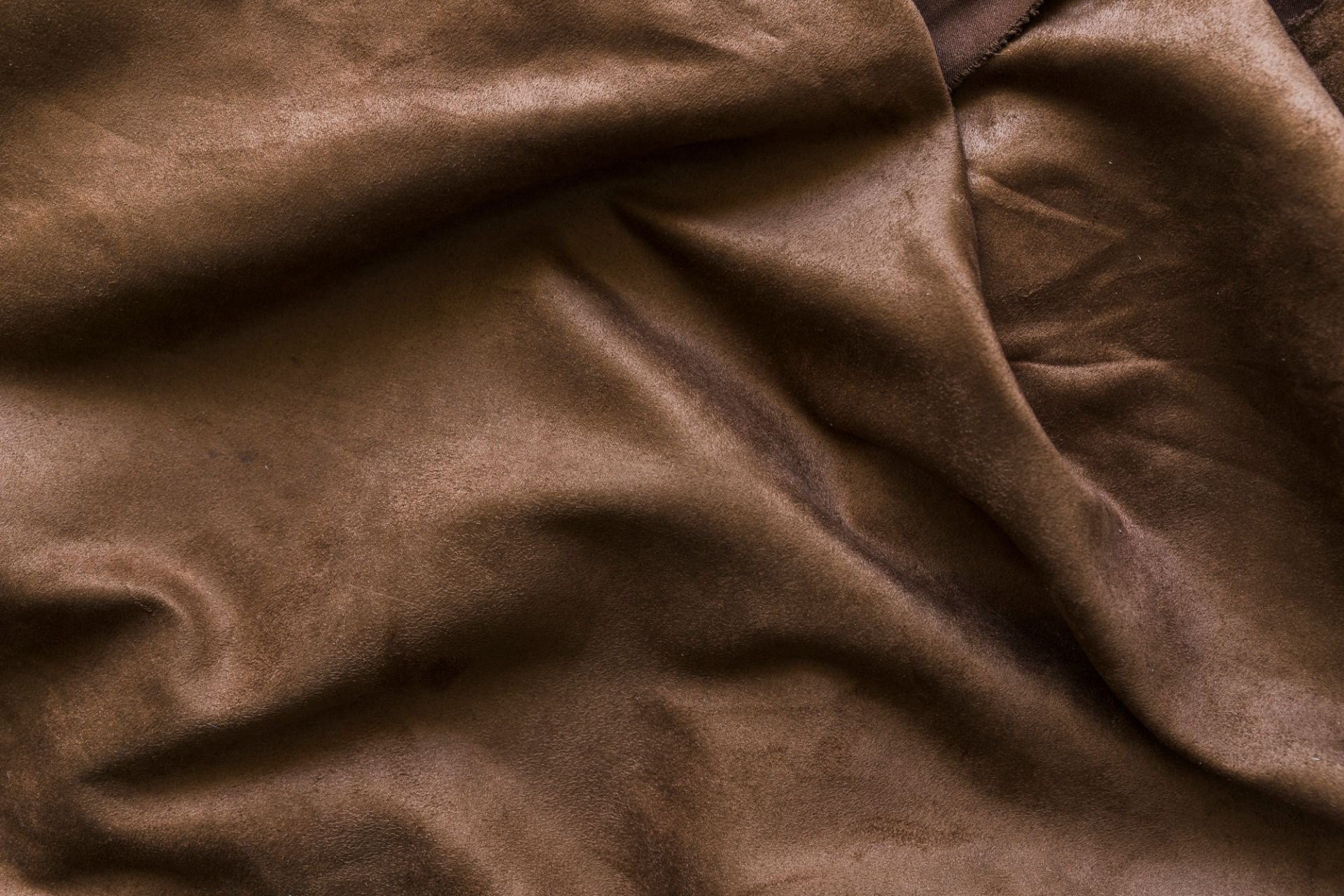
Suede
Suede is a type of leather made from the underside of the animal skin, giving it a soft surface. It’s softer and thinner, but not as strong as traditional leather.
Its unique appearance adds a rustic or vintage charm to patches, commonly used in fashion accessories or artisanal products.

Holographic
Holographic is a special kind of sparkly or flashy fabric with printed images or patterns like 3D images.
These eye-catching fabrics are perfect for patches aiming to stand out, such as those for promotional events or youth-oriented products.
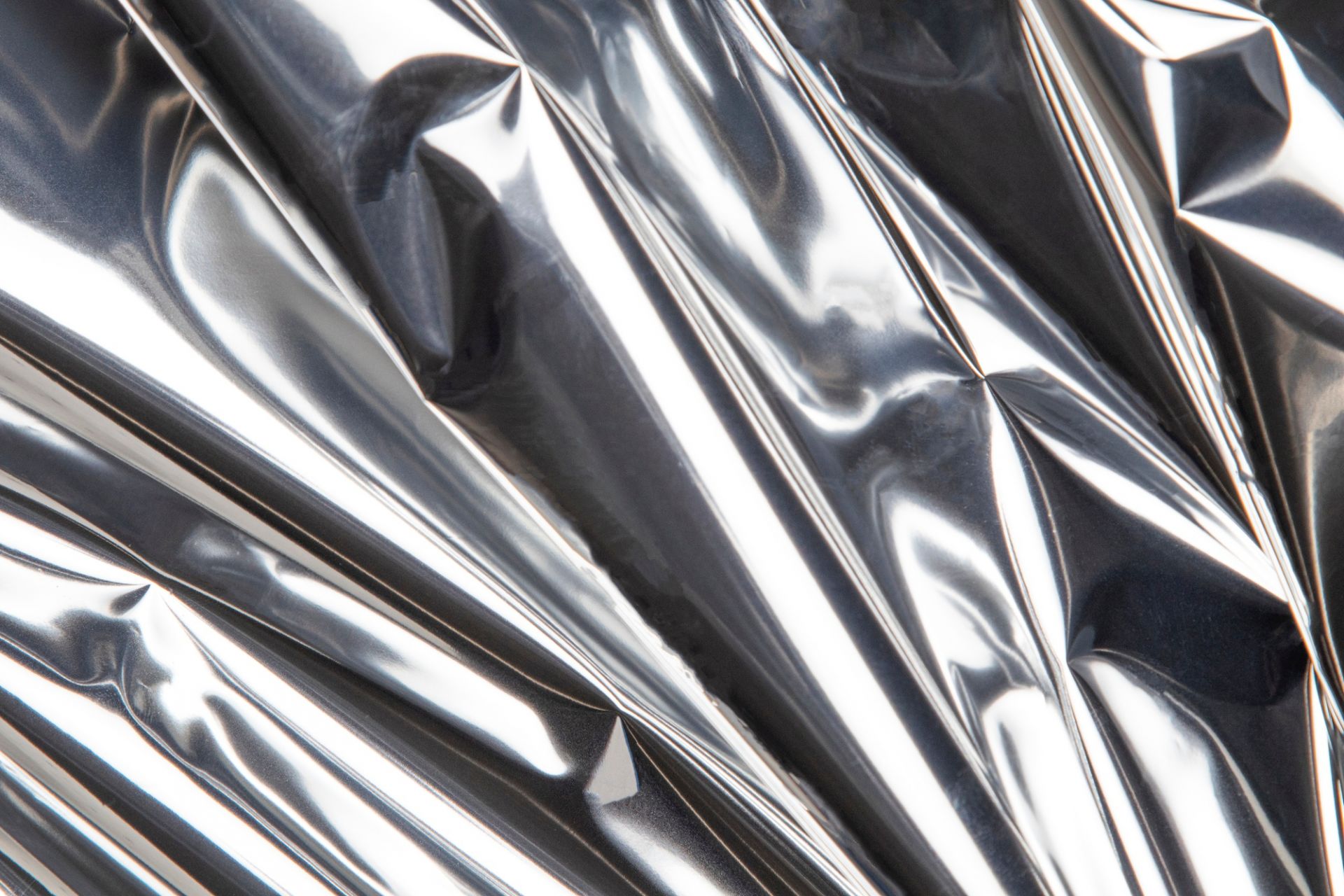
Reflective
Reflective is a fabric made of a fluorescent material which is embedded with tiny glass beads or other reflective elements that bounce back light, making it highly visible in low-light conditions.
Essential for safety gear, outdoor apparel, or any application where visibility is critical.
Selecting the Right Border
The border of a patch not only frames the design but also affects its durability and application. Common border types include:
▲ Merrowed Edge: A traditional overlock stitch that wraps around the edge, providing a classic look.
▲Heat-Cut Edge: Utilizes heat to seal the edges, preventing fraying and allowing for intricate shapes.
▲Laser-Cut Edge: Employs laser technology for precise cuts, suitable for complex designs and sharp details.
Choosing the appropriate border depends on the patch's shape, design complexity, and intended use.
Backing Options for Functionality
The backing of a patch determines how it attaches to garments or surfaces. Options include:
★ Iron-On Backing: Features a heat-activated adhesive, allowing for easy application with an iron.
★ Sew-On Backing: Requires stitching, offering a secure and permanent attachment.
★ Velcro Backing: Provides versatility, enabling patches to be removed or replaced as needed.
★ Adhesive Backing: Includes a peel-and-stick layer for temporary placement, suitable for events or trials.
Selecting the right backing ensures the patch meets the functional requirements of its intended application.
Final Considerations
When designing a custom patch, it's essential to consider the interplay between fabric, border, and backing. Each element contributes to the patch's overall aesthetic, durability, and functionality. Collaborating with experienced manufacturers can provide valuable insights and ensure the final product aligns with your vision.
